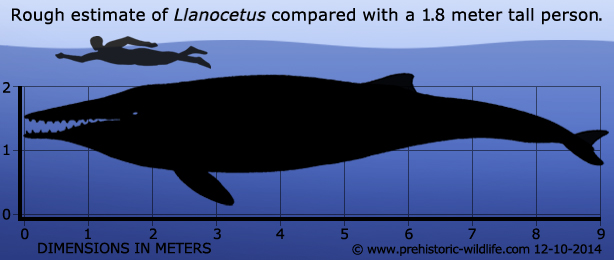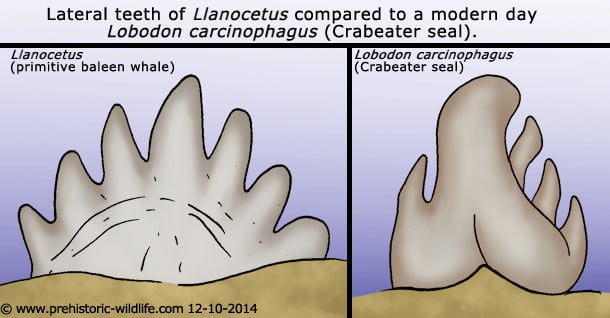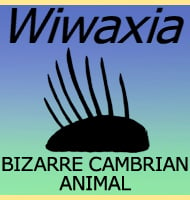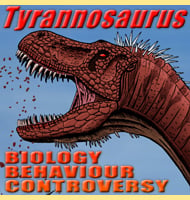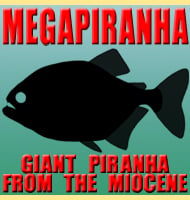In Depth
Llanocetus is by far one of the most primitive baleen whales so far discovered, so primitive it was that Llanocetus didn’t actually have baleen. Granted this sounds like a paradox, but Llanocetus has been identified as a baleen whale upon the basis of the shape and form the skull. But the teeth to the sides of the mouth of Llanocetus still indicate that Llanocetus would have been a filter feeder, due in fact to the way that the teeth form a rake like structure. This form is also seen in the modern day crabeater seal (Lobodon carcinophagus) which also lives in Antarctica, and can use these teeth to strain out invertebrates like krill suspended in the water. Llanocetus may have used a side to side motion of its head when feeding given that a large diastema towards the front left a gap between the two rows of teeth in the upper jaws. Endocasts of the Llanocetus have revealed the presence of an extensive and well developed network of blood vessels that is similar in form to what some deep diving whale species have today. This network could have protected delicate areas such as the brain from changes in water pressure and could be an indicator that Llanocetus was capable of diving deep in order to hunt for prey.
Llanocetus was named in honour of George A. Llano, and American biologist. The type species name, L. denticrenatus simply means ‘crenated teeth’, and is a reference to their form.
Further Reading
- A new cetacean from the Late Eocene La Meseta Formation, Seymour Island, Antarctic Peninsula. - Canadian Journal of Fisheries and Aquatic Sciences 46: 2219–2235. - Edward D. Mitchell - 1989.- Gigantism precedes filter feeding in baleen whale evolution. – Current Biology. 28 (10): 1670–1676. – R. E. Fordyce & F. G. Marx – 2018.- Enamel microstructure in Eocene cetaceans from Antarctica (Archaeoceti and Mysticeti). – Journal of Mammalian Evolution: 1–10. – Carolina Loch, Monica Romina Buono, Daniela C. Kalthoff & Thomas M�rs – 2019.- Gigantic mysticete predators roamed the Eocene Southern Ocean. – Antarctic Science. 31 (2): 98–104. – Felix G. Marx, M�nica R. Buono, Alistair R. Evans, R. Ewan Fordyce, Marcelo Reguero & David P. Hocking – 2019.
